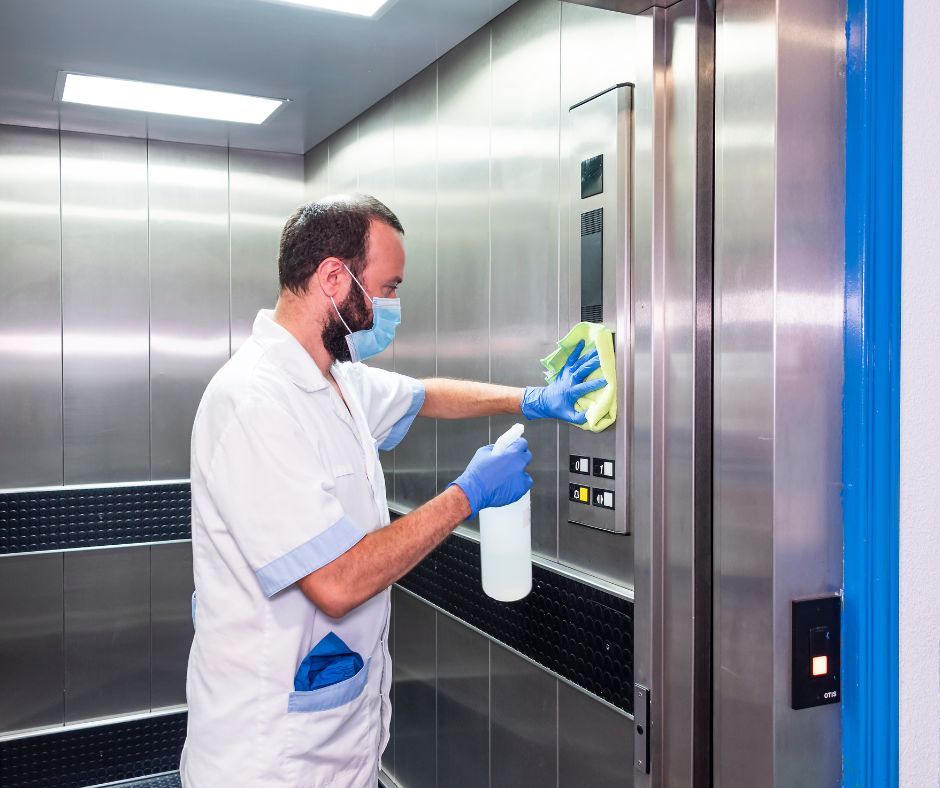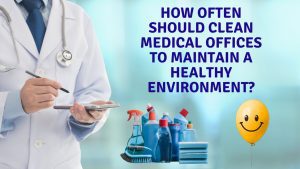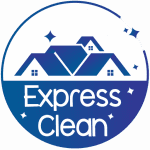Essential Cleaning Products and Equipment for Medical Offices: Best Practices & Safety Tips
Maintaining a clean and hygienic medical office is a cornerstone of patient safety, regulatory compliance, and operational efficiency. For facility managers, homeowners involved with medical spaces, and operations leads in the Chicago metro area, using the right cleaning products and equipment is vital. In this guide, we’ll cover best practices, material and chemistry selection, safety standards, compliance, and how to schedule effective cleaning routines.
Why Medical Offices Need Specialized Cleaning
Medical offices deal with unique pathogens and strict sanitation requirements. The CDC and industry standards recommend tailored cleaning protocols to control cross-contamination, especially in high-traffic and high-touch environments around Chicago and its suburbs. Improper cleaning can put both staff and visitors at risk.
Core Categories of Medical Cleaning Products
The selection of cleaning agents should be based on surface compatibility, efficacy against likely pathogens, and material safety data (SDS) guidelines.
| Product Type | Use Case | Dwell Time | Key Considerations |
|---|---|---|---|
| EPA-registered disinfectants | High-touch surfaces, patient areas | 2-10 mins (verify label) | Broad-spectrum; confirm pH matches surfaces |
| Neutral pH floor cleaners | Waiting rooms, entryways | N/A | Safe for sealed floors, avoids residue |
| Microfiber cloths & mops | General dusting and spill pickup | N/A | Reduces cross-contamination vs. cotton |
| Alcohol-based wipes | Small equipment, electronics | 30-60 sec | Check for manufacturer compatibility |
| PPE (gloves, goggles, gowns) | All cleaning procedures | N/A | Protects staff; follow OSHA/CDC guidance |
Must-Have Equipment for Medical Office Cleaning
- HEPA-filter vacuums: Trap dust, microbes, and allergens; required for healthcare settings. See ASHRAE guidance on healthcare filtration.
- No-touch cleaning systems: Reduces direct contact with contaminated surfaces.
- Color-coded tools: Segregate cleaning implements (e.g., red for restrooms, blue for general surfaces) to help prevent cross-contamination.
- Sharps disposal containers: Ensure safe handling and compliant disposal.
Best Practices for Medical Cleaning Teams
- Follow a daily and weekly checklist (see our maintenance frequency guide).
- Map high-touch zones: Door handles, exam tables, touch screens, and phones are prime contamination risks.
- Observe proper dwell times: Always allow disinfectants to remain wet for manufacturer-specified periods (typically 2–10 minutes) to ensure germicidal efficacy.
- Use PPE and proper hand hygiene: Adhere to CDC protocols to protect staff.
- Ensure safe chemical storage: Segregate incompatible chemicals (bleach vs. ammonia), label containers, and review updated SDS sheets regularly.
Safety & Compliance in Medical Office Cleaning
Medical environments must comply with OSHA’s bloodborne pathogen standards and EPA’s disinfectant requirements. Consider certification with programs like the GBAC STAR Facility Accreditation for third-party validation of cleaning protocols. Proper record-keeping and documentation of products used, cleaning frequency, and staff training are essential for audits.
Scheduling and Operational Efficiency Tips
- Stagger cleaning to avoid disrupting patient flow.
- Automate reminders for periodic deep cleans and filter replacements.
- Utilize checklists to reduce missed spots (see common cleaning mistakes reference).
Material Compatibility: Chemistry Essentials
Not all surfaces tolerate the same chemicals. For example, alcohol can damage some plastics and finishes, while bleach corrodes metals. Always verify manufacturer recommendations and test in inconspicuous areas before full application. Microfiber tools are generally safe for most surfaces and reduce chemical consumption.
Waste Disposal & Cross-Contamination Controls
Medical offices generate general, biomedical, and sharps waste. Ensure waste is segregated at source, containers are clearly marked, and staff are trained on universal precautions. Employ two-bucket cleaning systems and color-coded cloths to prevent transferring germs between zones (see this overview of building common area cleaning).
Key Takeaways
- Choose EPA-registered products and match to room requirements.
- Observe proper dwell times for disinfectants.
- Prioritize PPE, training, and color-coded tools.
- Maintain compliance with CDC, OSHA, and local Chicago health codes.
For more details on cleaning standards, check our deep dive on medical facility cleaning protocols.
Internal Resources for Further Reading
- How often should you clean medical offices?
- Common cleaning mistakes and how to avoid them
- Best practices for cleaning shared building areas
Next Steps
If you need tailored solutions or want to ensure regulatory compliance, book office cleaning in Chicago with Express Clean. For move-outs or tenant turnovers, schedule move-out cleaning today.
About the Author:
Reviewed by: Express Clean Team
With over 20 years of experience in commercial and medical cleaning throughout Chicago, Express Clean’s experts hold advanced certifications and continually train with the latest best practices in sanitation, compliance, and operational management.



medical office cleaning, safe and clean environment, medical office cleaning service near me, medical office cleaning company Chicago, cleaning services Chicago, kill germs and bacteria on surfaces, ensure hygienic cleaning, medical office cleaning services Chicago, Chicago medical office cleaning, best cleaning service Chicago




